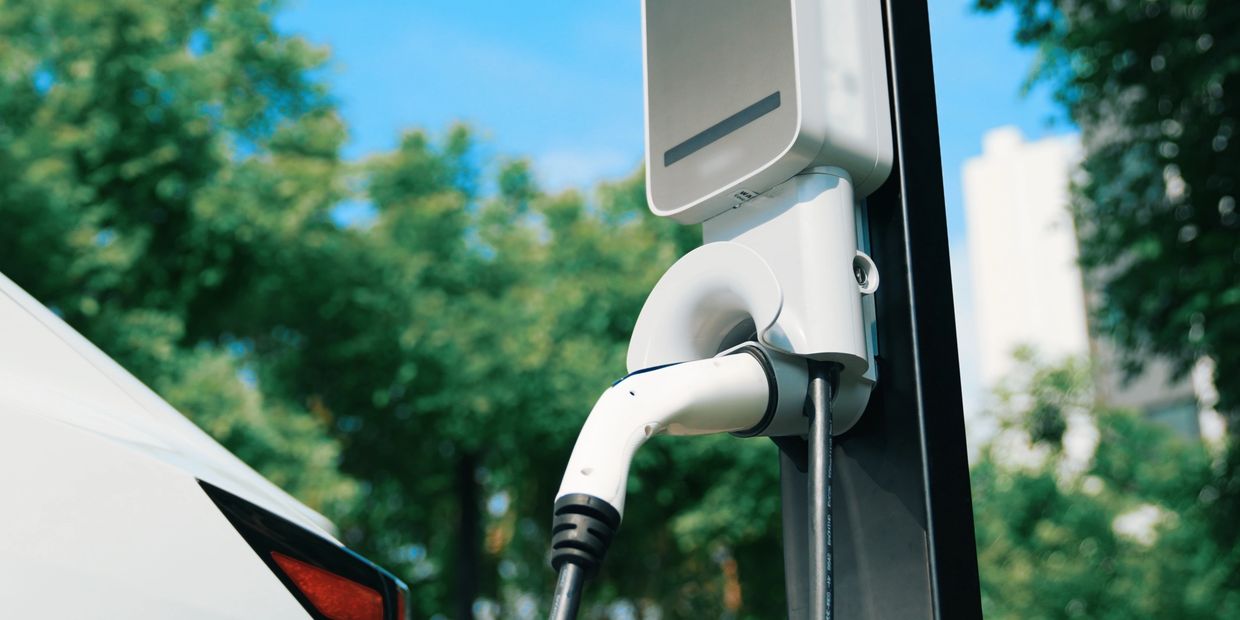EV charger installation

EV charger installation EV charger installation can range from a simple, do-it-yourself plug-in to a complex electrical project requiring a qualified professional. The best option depends on your vehicle, driving habits, and home's electrical capacity. Federal, state, and local incentives can help offset the cost.
Types of EV chargers
Level 1 charger
- What it is: Uses a standard 120-volt household outlet. A Level 1 charger typically comes with the purchase of an electric vehicle.
- Charging speed: Provides 2 to 5 miles of range per hour of charging. It's suitable for plug-in hybrids or EVs with smaller batteries that have lower daily mileage.
- Installation: No special installation is needed beyond plugging the charging cable into a wall outlet.
- Permits: A permit is generally not required if you use an existing outlet.
Level 2 charger
- What it is: Uses a 240-volt outlet, similar to those for electric clothes dryers or ovens. This is the most common choice for home installation.
- Charging speed: Provides a full charge overnight, typically 4 to 10 hours for a fully depleted battery, depending on the car model.
- Installation: Requires a dedicated 240-volt circuit run from your electrical panel by a licensed electrician. You can choose a hardwired installation or a plug-in unit that uses a specialized NEMA 14-50 outlet.
- Permits: A permit is required for hardwiring or installing a new 240-volt circuit.
The installation process for a Level 2 charger
- Assess your needs. Evaluate your daily driving habits to determine if a faster Level 2 charger is necessary or if a slower Level 1 charger will suffice for overnight charging.
- Evaluate your home's electrical panel. A licensed electrician will inspect your home's electrical panel to ensure it has enough capacity for the new circuit. Many homes have a 100-amp panel and may require an upgrade to a 200-amp panel, though some load-management chargers can avoid this costly step.
- Choose a charger. Decide between a hardwired or plug-in model and whether you want a "smart" charger with features like Wi-Fi connectivity and scheduling.
- Obtain permits. Your electrician will handle the permit application with your local building department, which ensures the installation complies with safety codes.
- Schedule installation. The process can take several hours and may involve running a new conduit and wiring from the electrical panel to the charger's location. The National Electrical Code (NEC) specifies installation requirements, such as a minimum mounting height.
- Arrange for inspection. After installation, the building department will inspect the work to confirm it meets all electrical and safety standards.
Costs and incentives
- Cost: The total cost for Level 2 installation typically ranges from $799 to $2,500 or more, depending on the complexity. Factors influencing cost include the distance from the electrical panel to the charger, the need for panel upgrades, and whether the installation is indoors or outdoors.
- Incentives: You may be eligible for a tax credit from the federal government for installing EV charging equipment in your home. State, local, and utility-specific rebates and time-of-use (TOU) charging rates may also be available
Copyright © 2025 Electricians On The Go - All Rights Reserved.
Powered by BinaryBenefits Media
